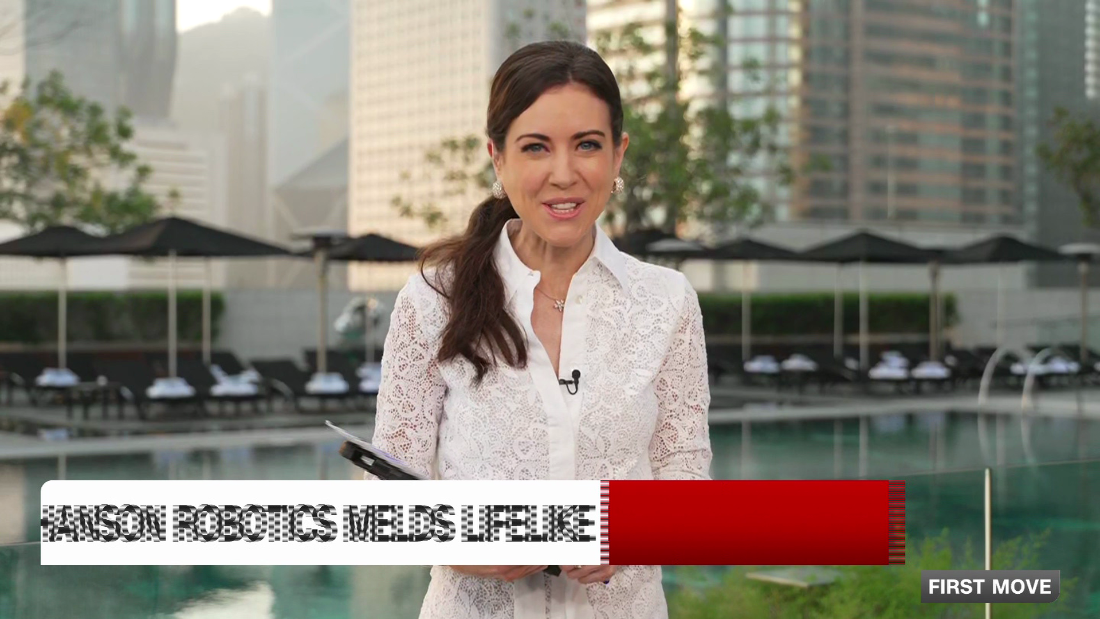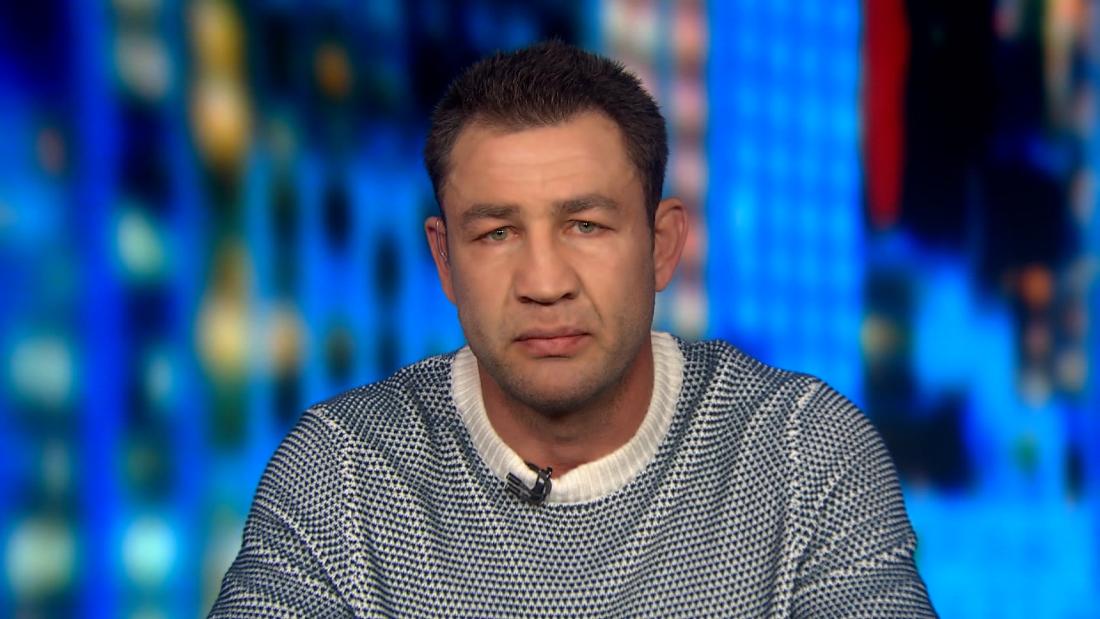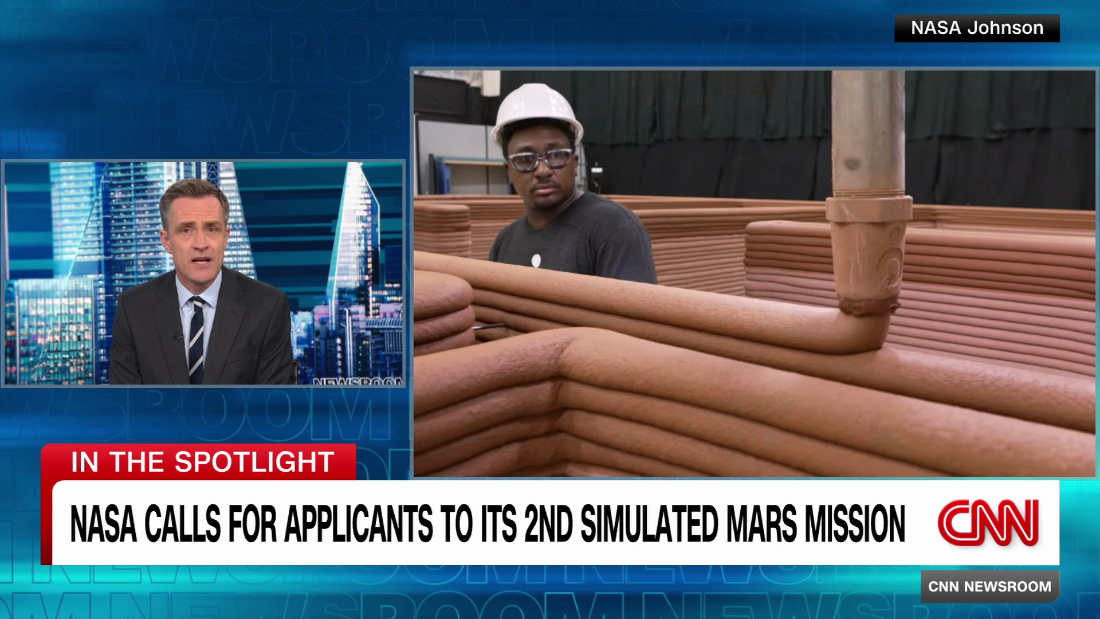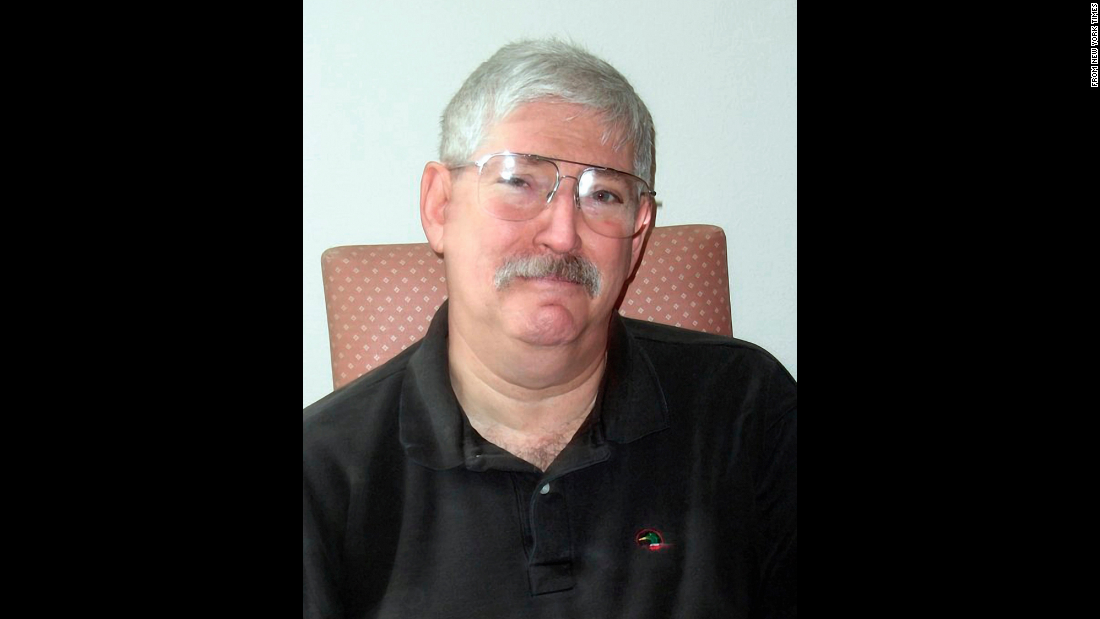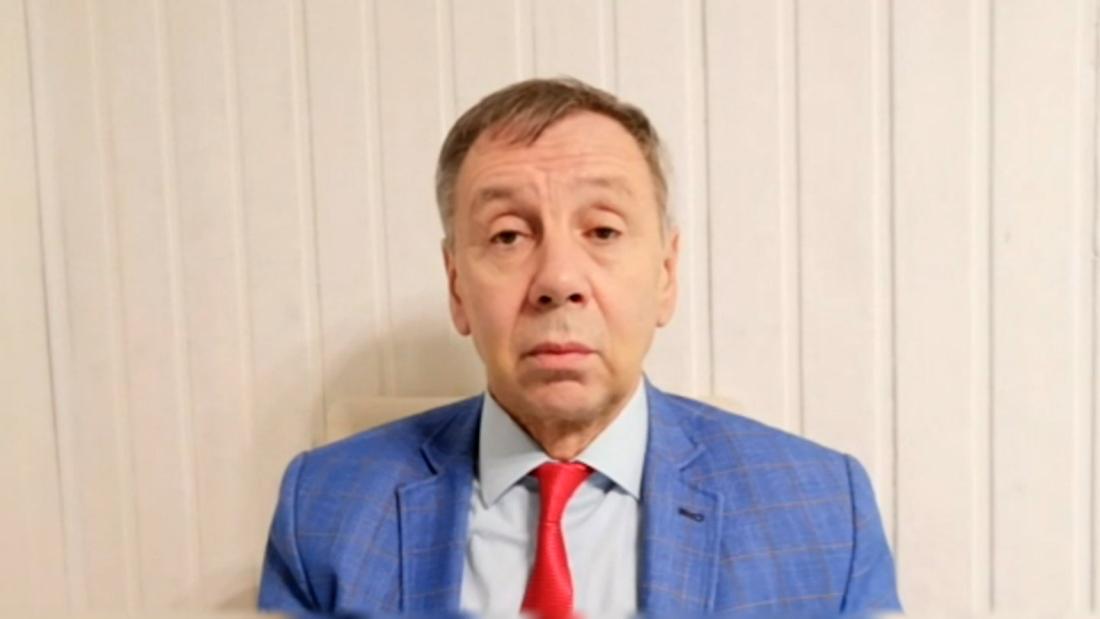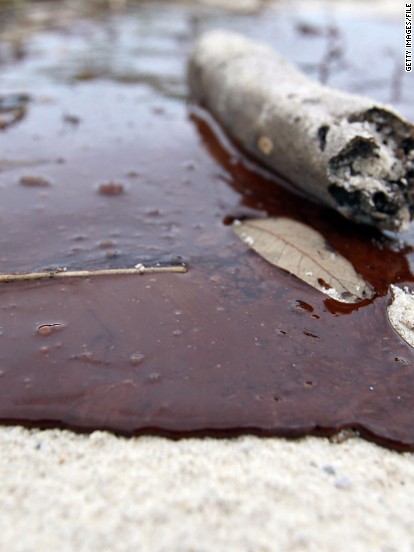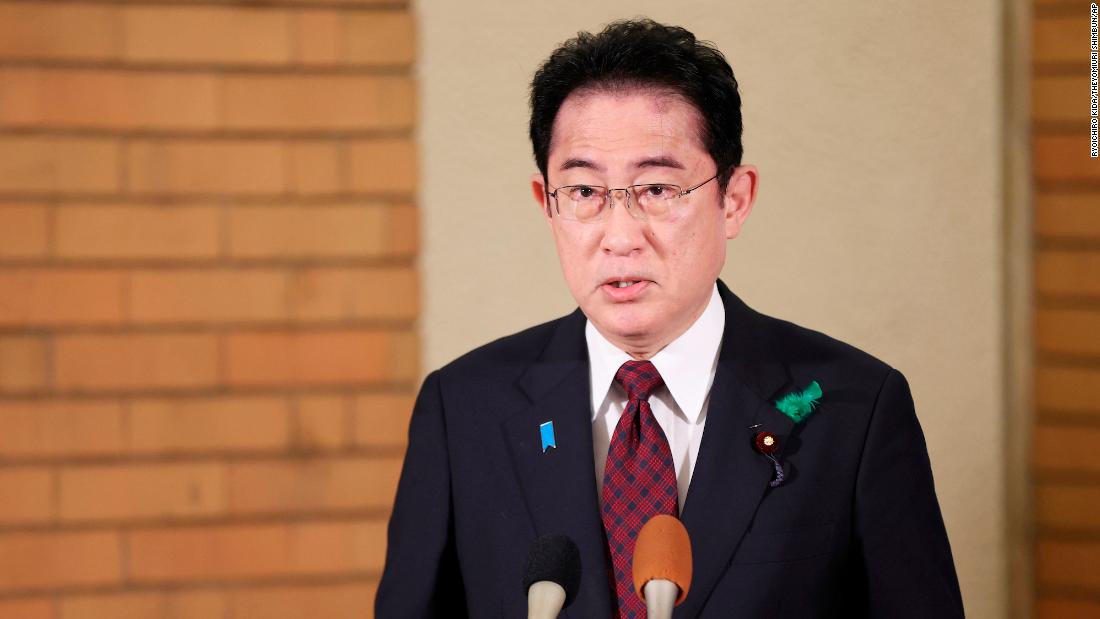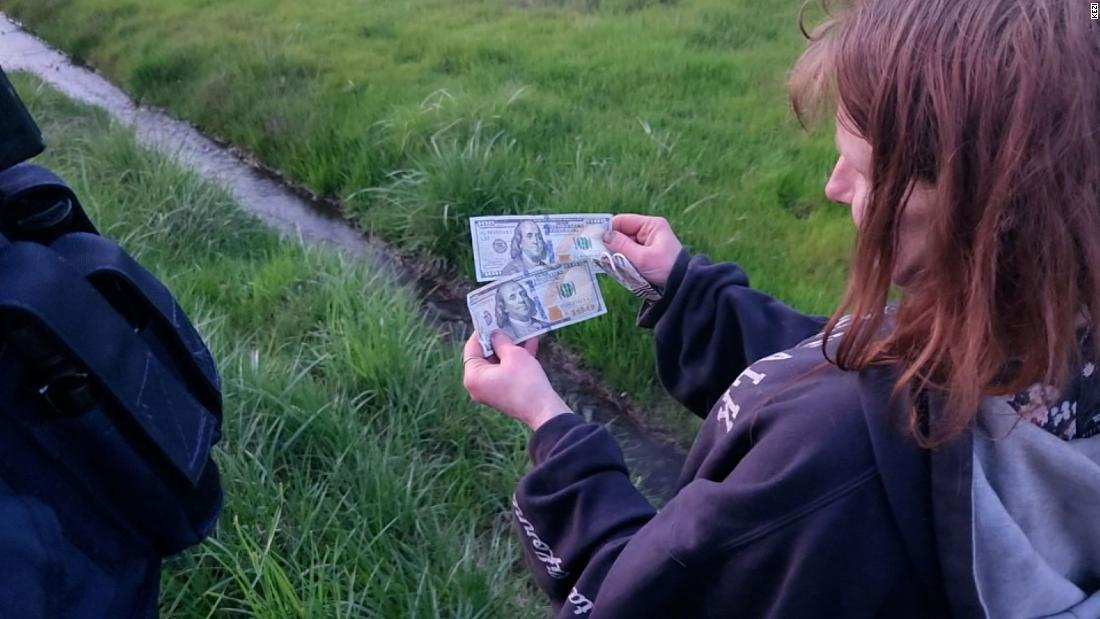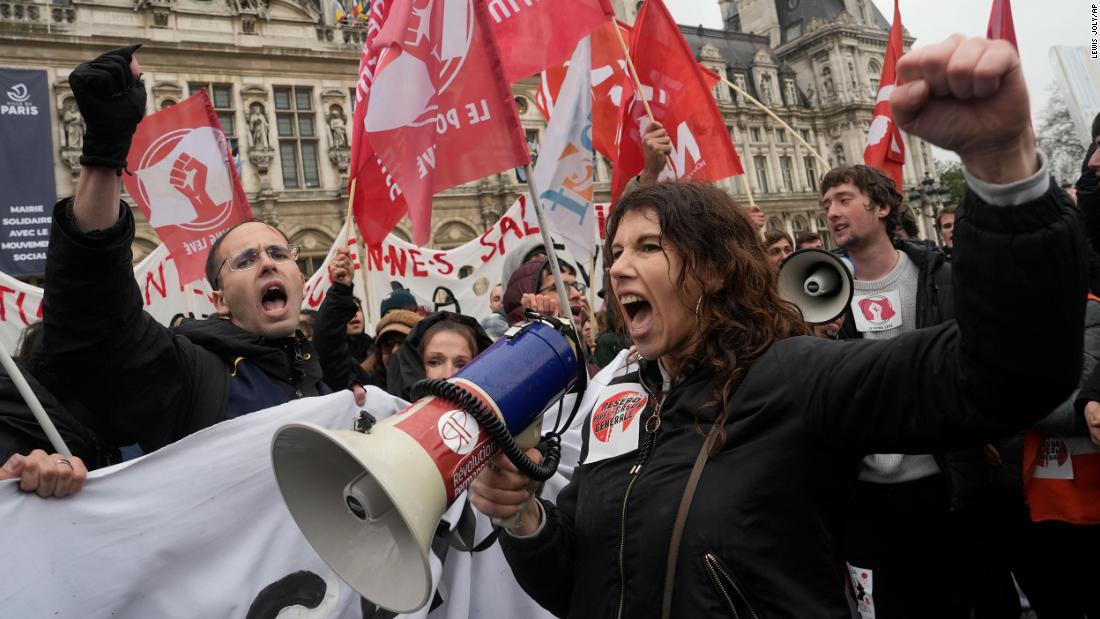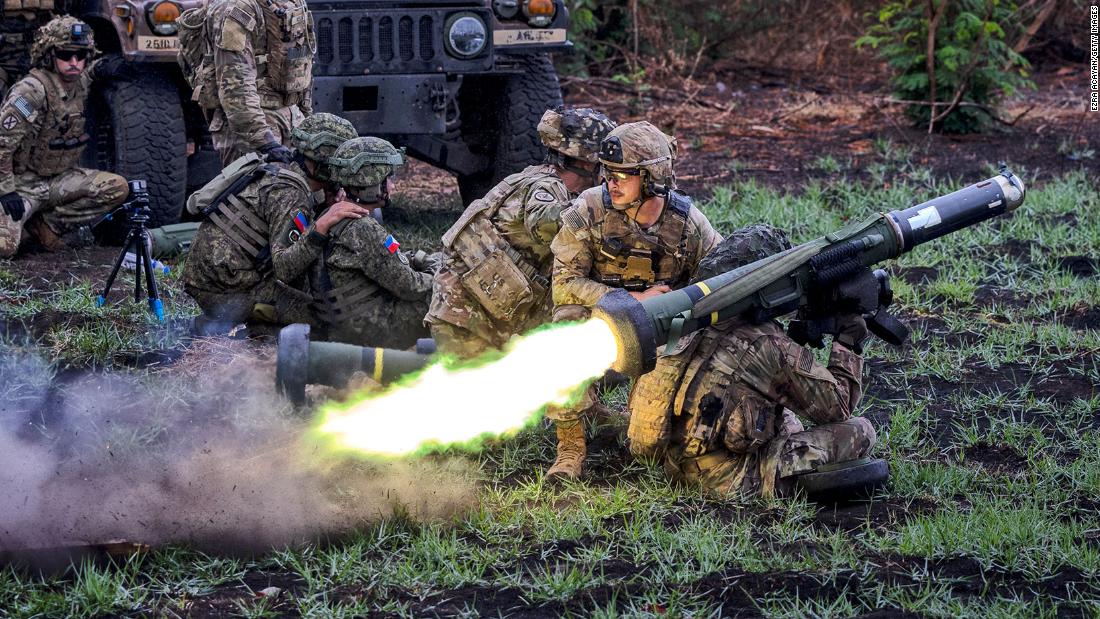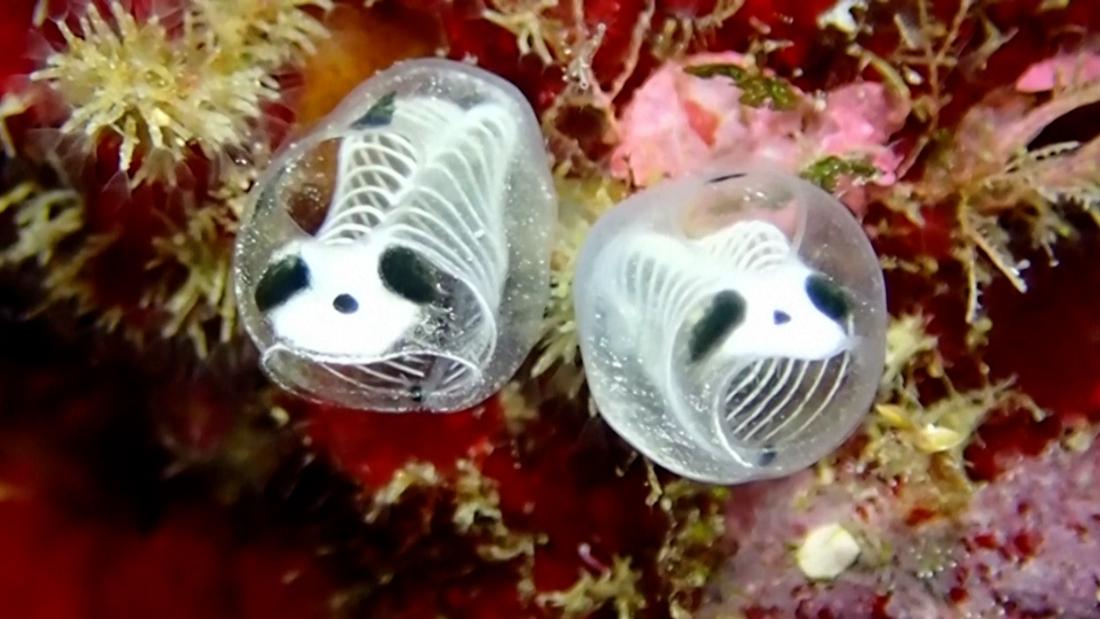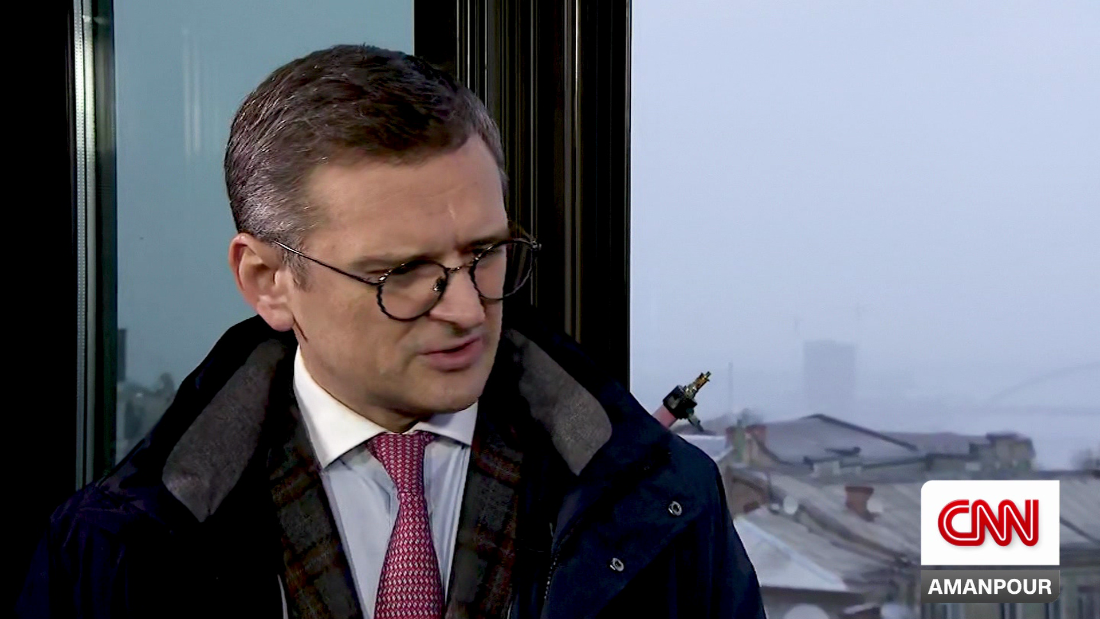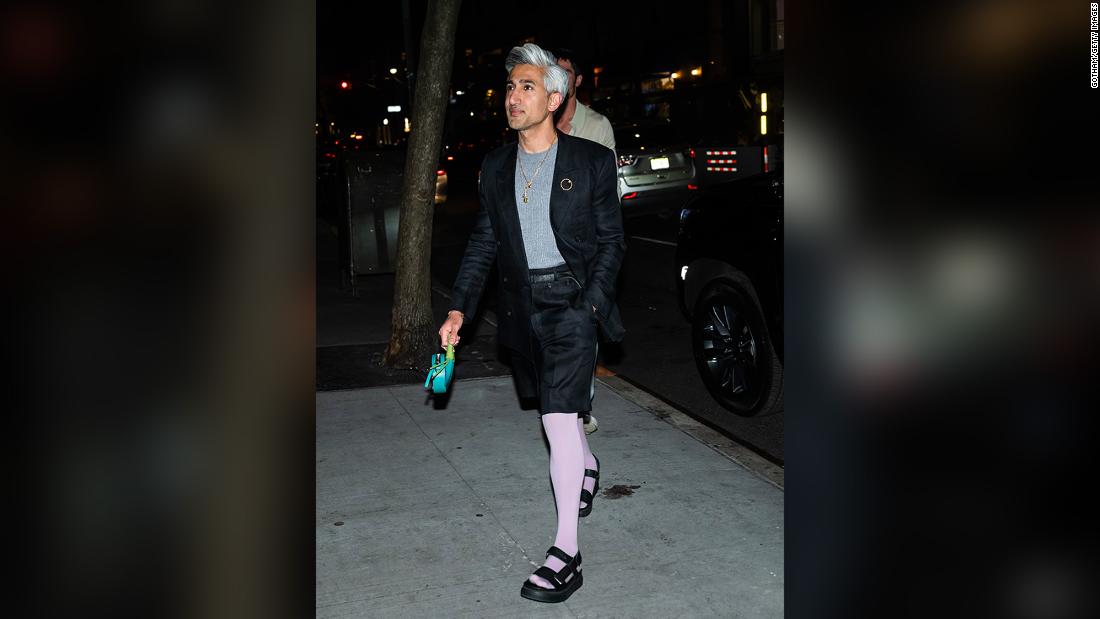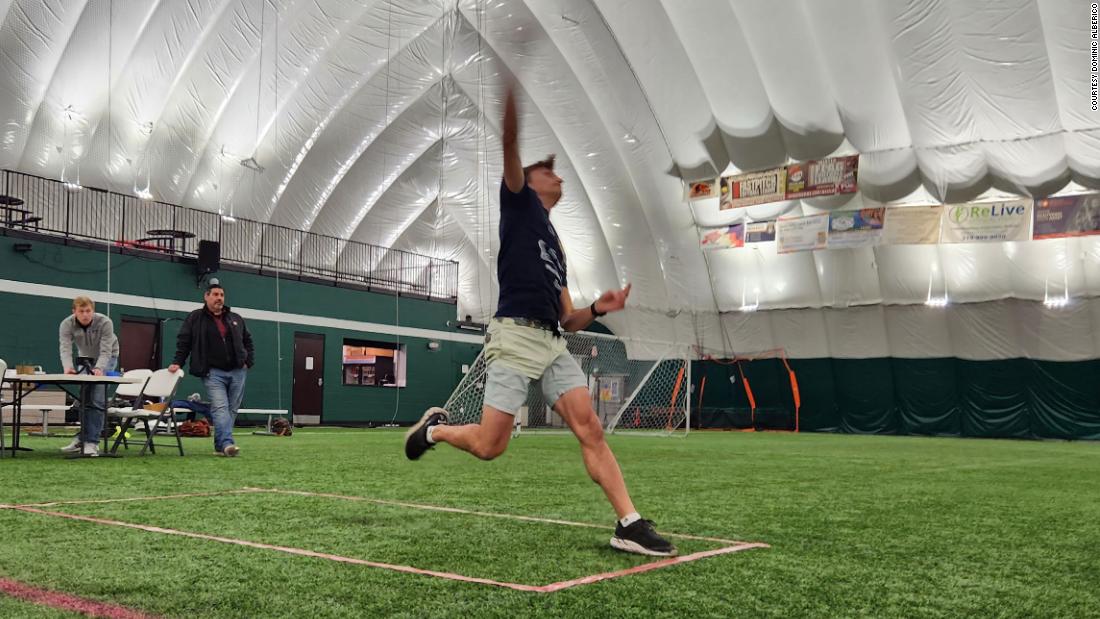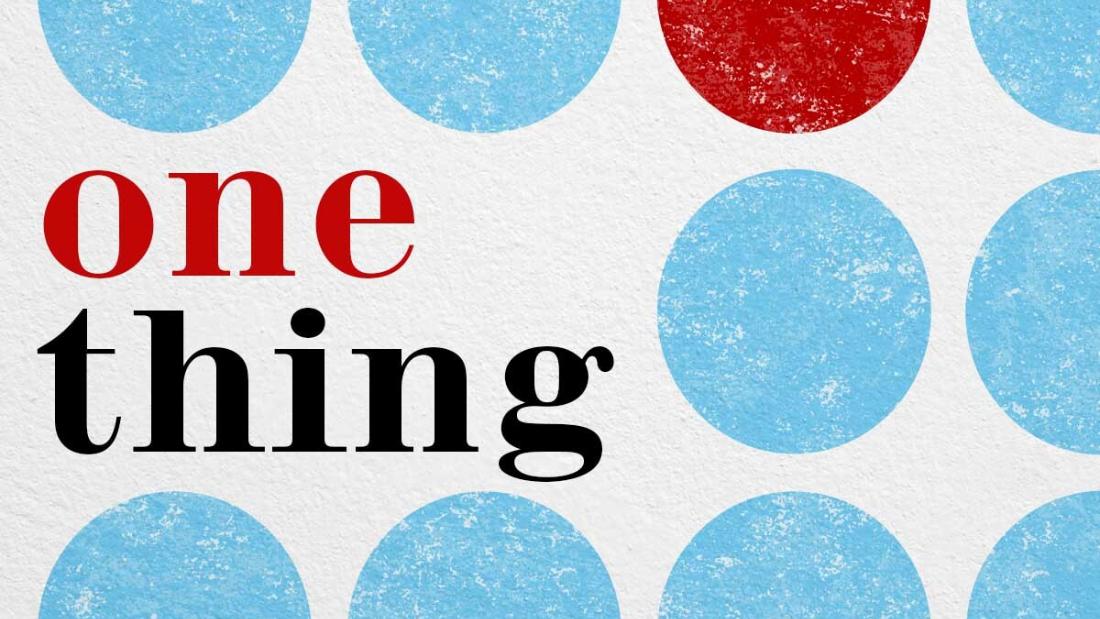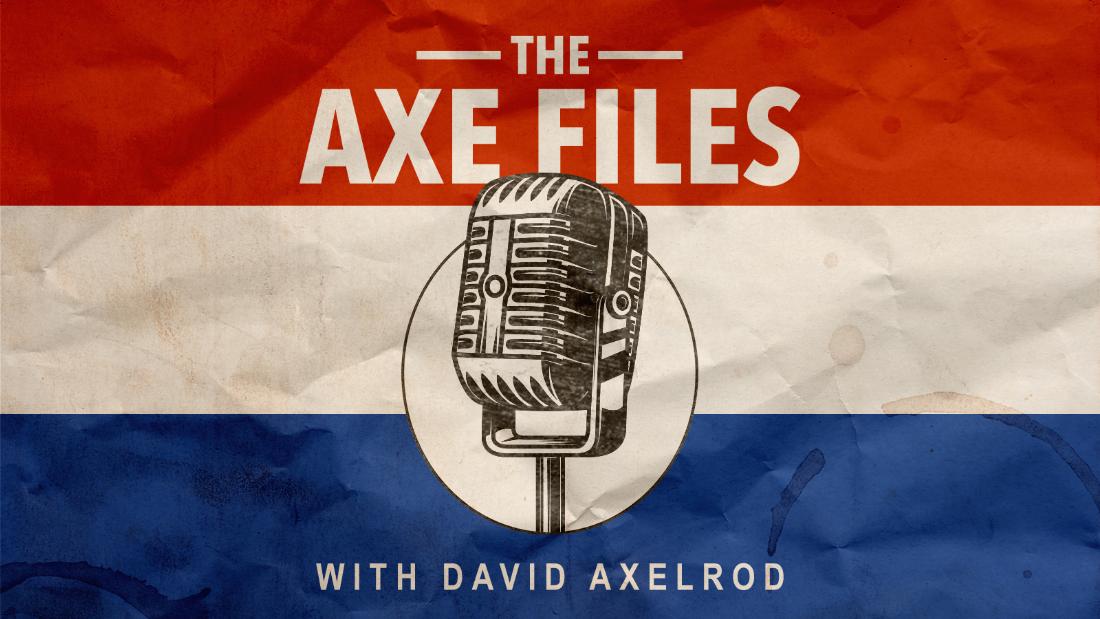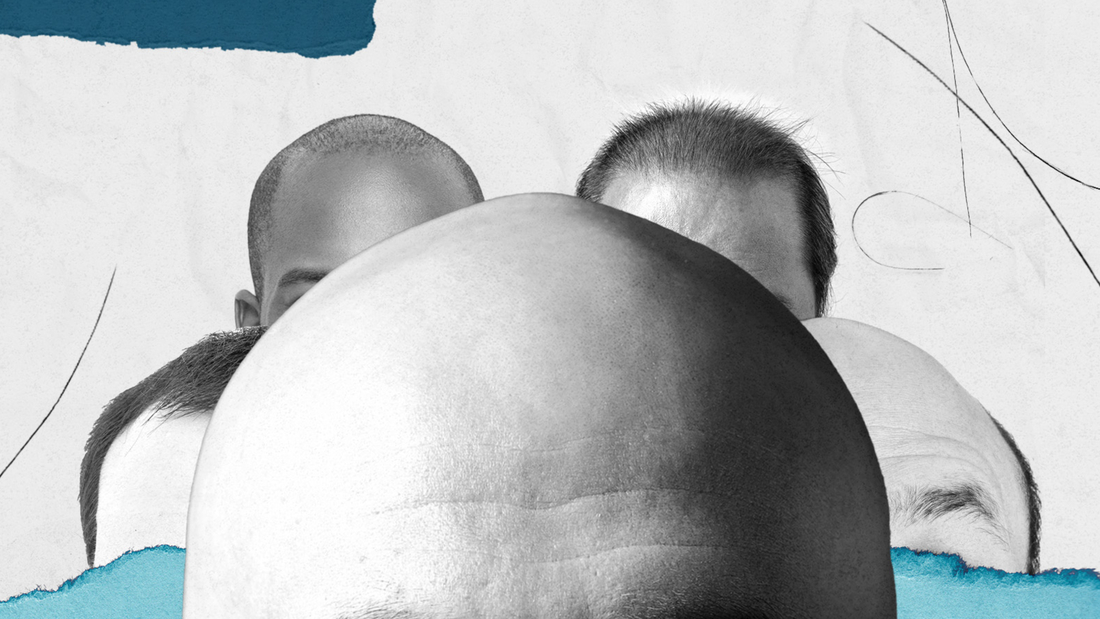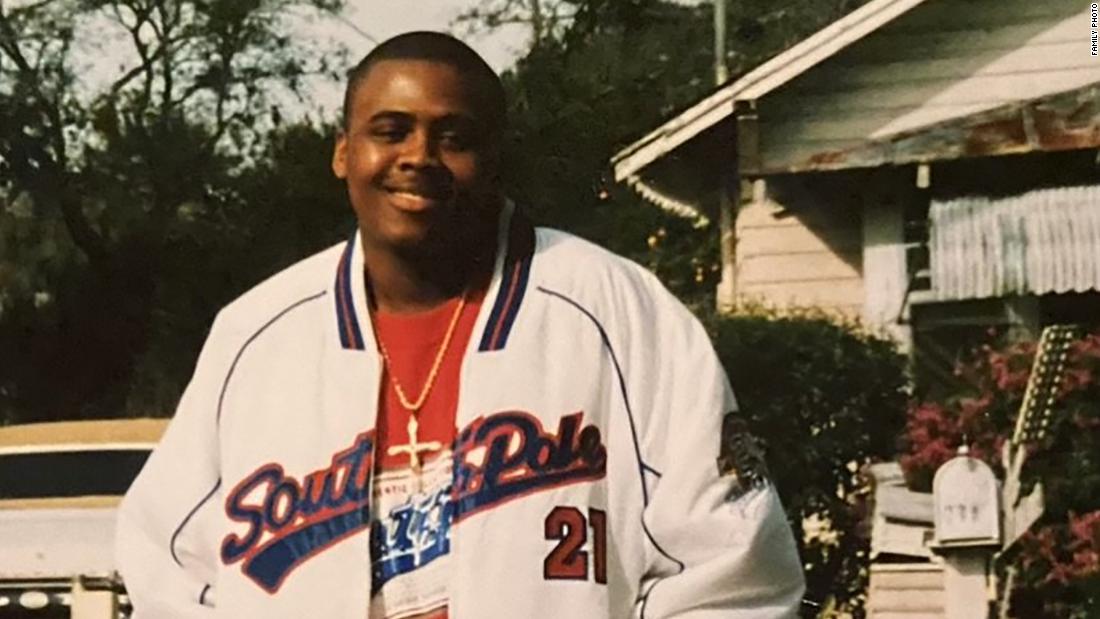BEN Shelton came from a set down to defeat Lorenzo Sonego and reach the Wimbledon quarter-finals for the first time.
But during the match fans noticed some big red marks on the arms of America’s world No. 10 — here’s everything you need to know about them.
Shutterstock EditorialBen Shelton is through to the Wimbledon 2025 quarter-finals[/caption]
ESPNDuring the match, large red marks could be seen on his shoulder[/caption]
Wearing his trademark tank top for the round four Wimbledon 2025 clash with Lorenzo Sonego, strange dark red and purple patches could be seen on Ben Shelton‘s arms and body during the contest.
These circular marks are the result of cupping therapy — an ancient healing technique that has become increasingly popular among athletes seeking natural ways to enhance recovery, manage pain and improve performance.
The distinctive round, reddish-purple marks left on the skin are a hallmark of the practice.
They are caused by the suction effect of the cups breaking tiny blood vessels — known as capillaries — just under the skin’s surface.
What is cupping therapy?
Cupping involves placing glass, plastic or silicone cups on the skin and creating a vacuum by either heating the air inside the cup or using a mechanical pump.
This suction pulls the skin and underlying tissue upward, which expands blood vessels and increases blood flow to the area.
It also stretches fascia — a type of connective tissue found throughout the body, which is primarily made from collagen — and helps to release muscle knots and tension, stimulates the immune system.
It does this by creating a mild, localised inflammatory response, which can promote healing and draw impurities to the surface, making it easier for the body to eliminate them.
Why do people use cupping therapy?
Cupping therapy has a long history, rooted in the traditional medicine of Chinese, Egyptian and Middle Eastern cultures.
The Ebers Papyrus — one of the oldest medical textbooks in the world from 1550 BC — describes how the ancient Egyptians used cupping therapy for treating fever, pain, vertigo, menstrual problems and other ailments.
Today, the healing practice is widely used by athletes and non-athletes alike for several reasons.
Healing
Cupping is commonly sought for its ability to reduce muscle pain and tension.
The suction increases blood flow to targeted areas, helping to alleviate soreness and promote faster recovery from injuries or strenuous activity.
Enhanced circulation is another benefit — by drawing blood to the surface, cupping improves local circulation, delivering more oxygen and nutrients to tissues and accelerating the healing process.
Shutterstock EditorialCupping can help Ben’s muscles recover after gruelling on-court battles[/caption]
Improved blood flow aids in flushing out metabolic waste and toxins from the tissues, which is believed to support the body’s natural detoxification processes.
Relaxation and stress reduction
The therapy can have a calming effect on the nervous system.
It helps to reduce stress and promote a sense of relaxation similar to a deep tissue massage.
This is why many non-athletes also enjoy the practice recreationally.
Muscle recovery
Cupping speeds up muscle recovery after intense training sessions.
The increased circulation helps repair micro-tears and reduce inflammation.
By loosening tight muscles and connective tissues, cupping can increase range of motion and decrease stiffness as well.
Creator – [#item_custom_dc:creator]

















